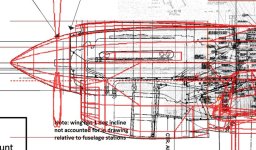aleatorylamp
Charter Member
Noses and Mouths
Hi Ivan,
Very interesting, thanks, and psychologically effective, no doubt!
Thanks also for the description of your air intake construction.
I´ll investigate in the .air files and look for indications as regards the "Pointable" characteristic. I remember you once asked a rhetoric question on what to do with concentric counter-rotating props.
Cheers,
Aleatorylamp
Hi Ivan,
Very interesting, thanks, and psychologically effective, no doubt!
Thanks also for the description of your air intake construction.
I´ll investigate in the .air files and look for indications as regards the "Pointable" characteristic. I remember you once asked a rhetoric question on what to do with concentric counter-rotating props.
Cheers,
Aleatorylamp







